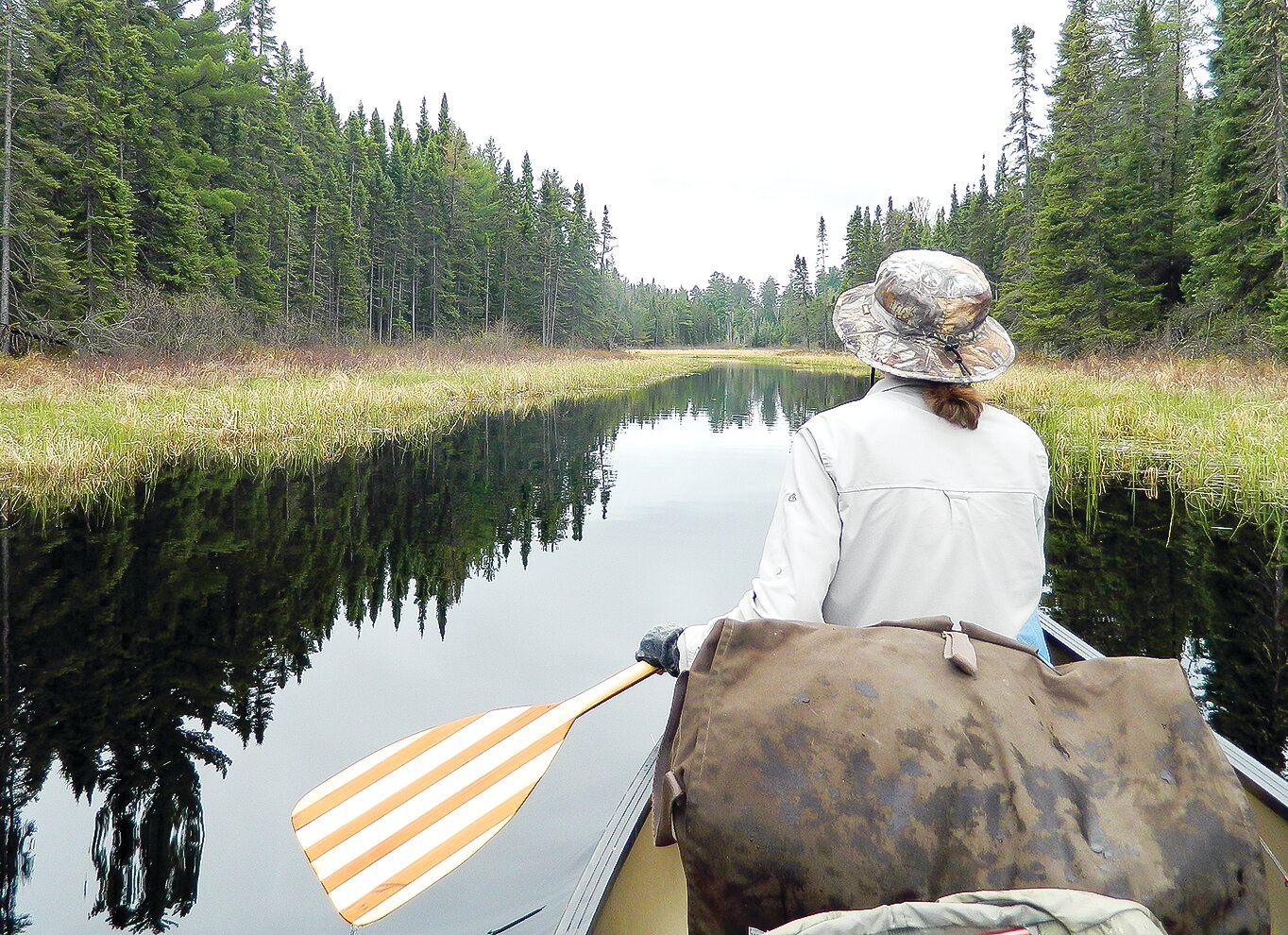Support the Timberjay by making a donation.
BW usage returns to pre-pandemic levels
REGIONAL— Visitor use in the Boundary Waters Canoe Area Wilderness returned largely to pre-pandemic levels last year, according to a recently released visitor use report for the year 2018-2022, …
This item is available in full to subscribers.
Attention subscribers
To continue reading, you will need to either log in to your subscriber account, or purchase a new subscription.
If you are a current print subscriber, you can set up a free website account and connect your subscription to it by clicking here.
If you are a digital subscriber with an active, online-only subscription then you already have an account here. Just reset your password if you've not yet logged in to your account on this new site.
Otherwise, click here to view your options for subscribing.
Please log in to continue |
BW usage returns to pre-pandemic levels
REGIONAL— Visitor use in the Boundary Waters Canoe Area Wilderness returned largely to pre-pandemic levels last year, according to a recently released visitor use report for the year 2018-2022, released last week by the U.S. Forest Service.
Visits to the wilderness declined by nine percent last year over the 2021 pandemic peak, when visitation swelled to 166,374 people.
A total of 150,842 individuals visited the 1.1-million-acre wilderness in 2022, a nine percent drop over the previous year. That put visitation more in line with pre-pandemic levels. A total of 143,140 individuals visited the wilderness in 2019, the year before the COVID-19 outbreak reached the U.S. A total of 150,714 visited the BWCAW in 2018.
“Our wilderness rangers, volunteers, and partners work hard year around to preserve wilderness character and ensure that over 150,000 visitors from across the nation have the opportunity to experience the BWCAW,” said Ann Schwaller, wilderness program manager on the Superior. Forest Service officials say the return to more typical use levels is beneficial in helping the forest staff to restore the many campsites and portages that saw extraordinarily high levels of use, and misuse in some cases, during the pandemic years.
Forest Service officials note that BWCAW permit usage varies from year to year and can be due to changes in weather, drought, floods, blowdown, wildfires, the economy, public health crises, Canadian border closures, crowding, and even the timing of insects hatching.
The new report noted the following:
• Cancellations of overnight paddle permits more than doubled in 2021 and 2022, over levels experienced in 2018 and 2019, although it isn’t clear why. Canceled permits are generally returned to the pool of available permits, so they don’t necessarily limit wilderness usage. Cancellations of other types of permits saw much more limited increases.
• The number of no-shows increased as well, from 1,727 for all permit types in 2018, to 4,277 last year. The number of no-shows for day-use motor permits saw the biggest jump, with 1,316 no-shows last year, compared to 528 in 2018. Overnight paddle no-shows doubled from 1,256 in 2019 to 2,572 in 2022. According to the Forest Service, no-shows are factored into the distribution and quota system related to campsite availability and are expected.
• In 2022, 93 percent of all visitors traveled to the wilderness between May 1 and September 30 during mandatory quota season. Only seven percent of visitors traveled to the BWCAW from October 1-April 30, when quotas are no longer in effect.
• Overnight paddling continues to dominate overnight use, still slightly higher in 2022 than in 2018 and 2019, at 21,097.
• Day use motorboat permits exempted from the quota (exempt permits issued to resorts and homeowners on lakes partially inside the wilderness) increased substantially over the five-year period, from 163 in 2018 to 1,747 in 2022. Most of those exempt motorboats were found on Moose, Fall, and Snowbank lakes on the west side of the BWCAW and Saganaga and Seagull lakes on the east side.
• Adults made up the vast majority of BWCAW users throughout the five-year period examined in the report, and adult use during the quota period increased from 62,853 in 2018 to 86,825 in 2022. Adult use peaked in 2020 at 97,599. Youth numbers held remarkably steady during the period.
• The average group size dropped in 2020, but otherwise remained very close to the average of four.






